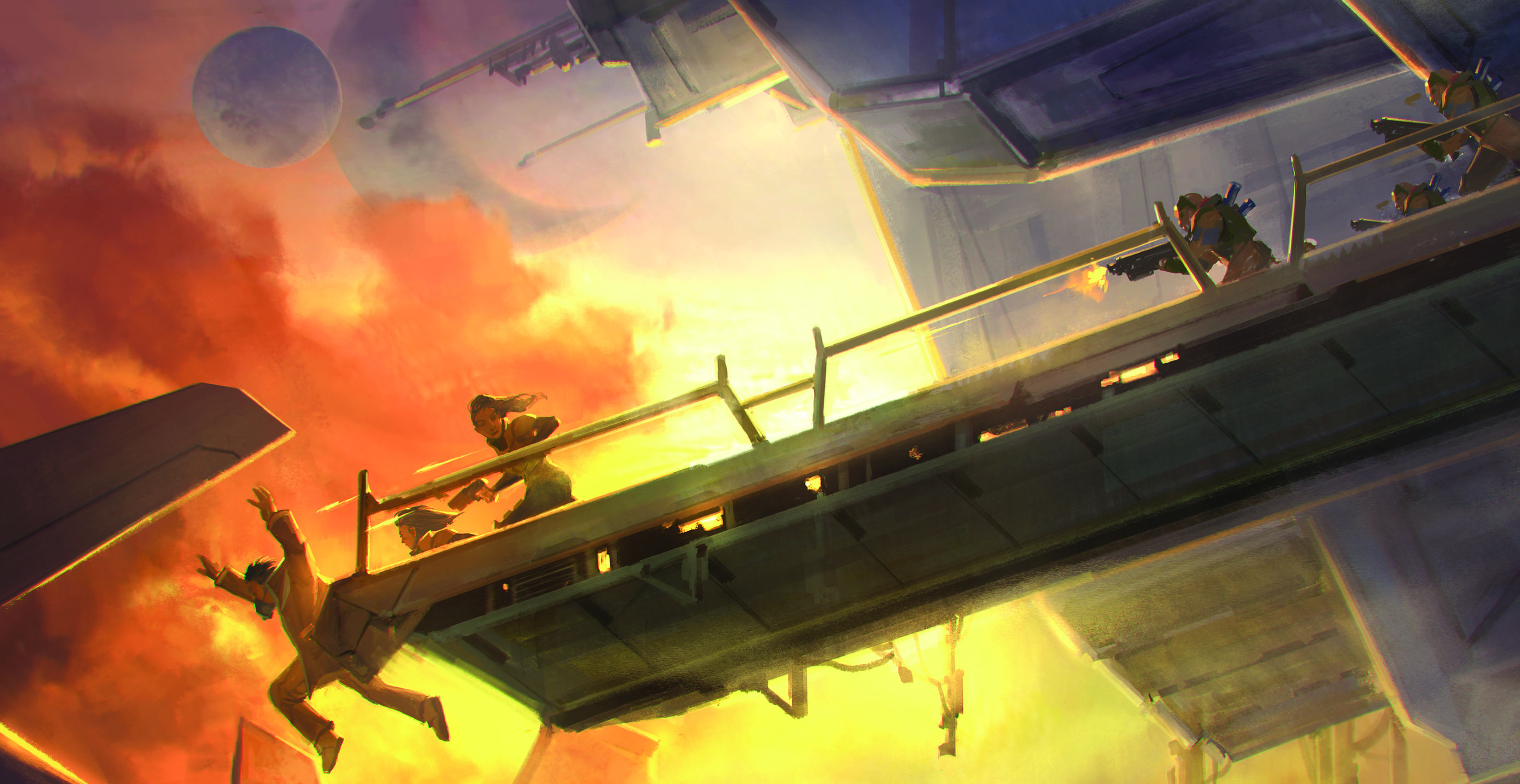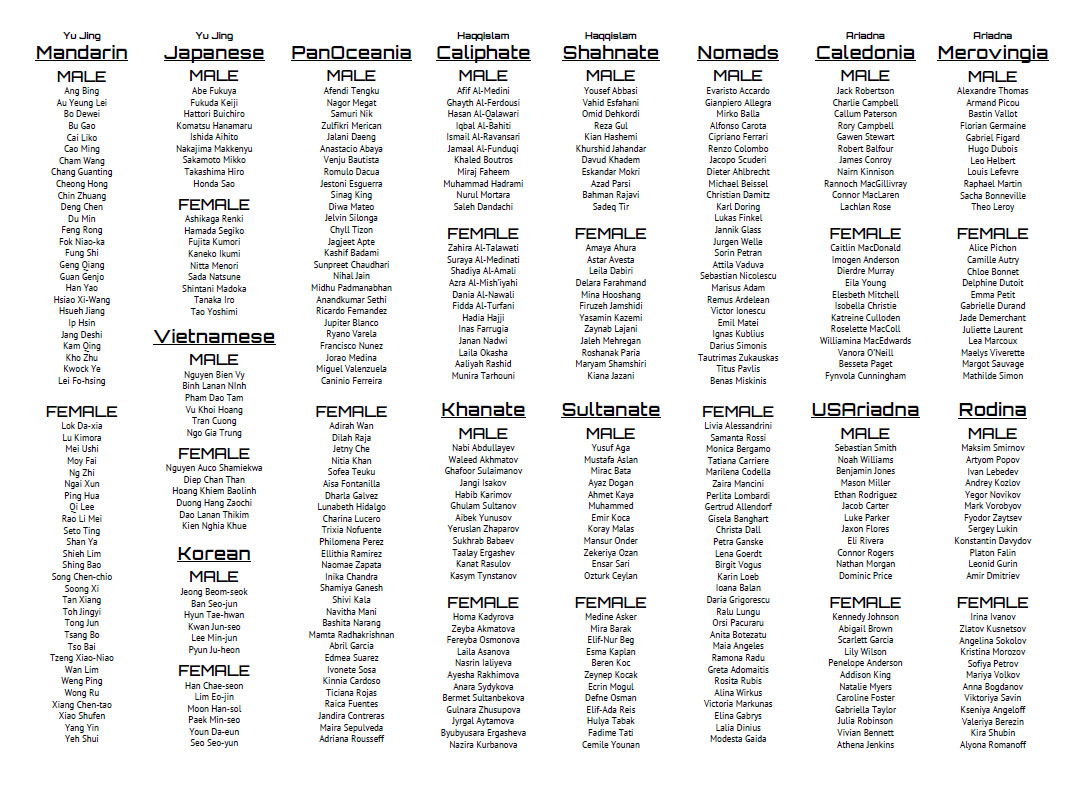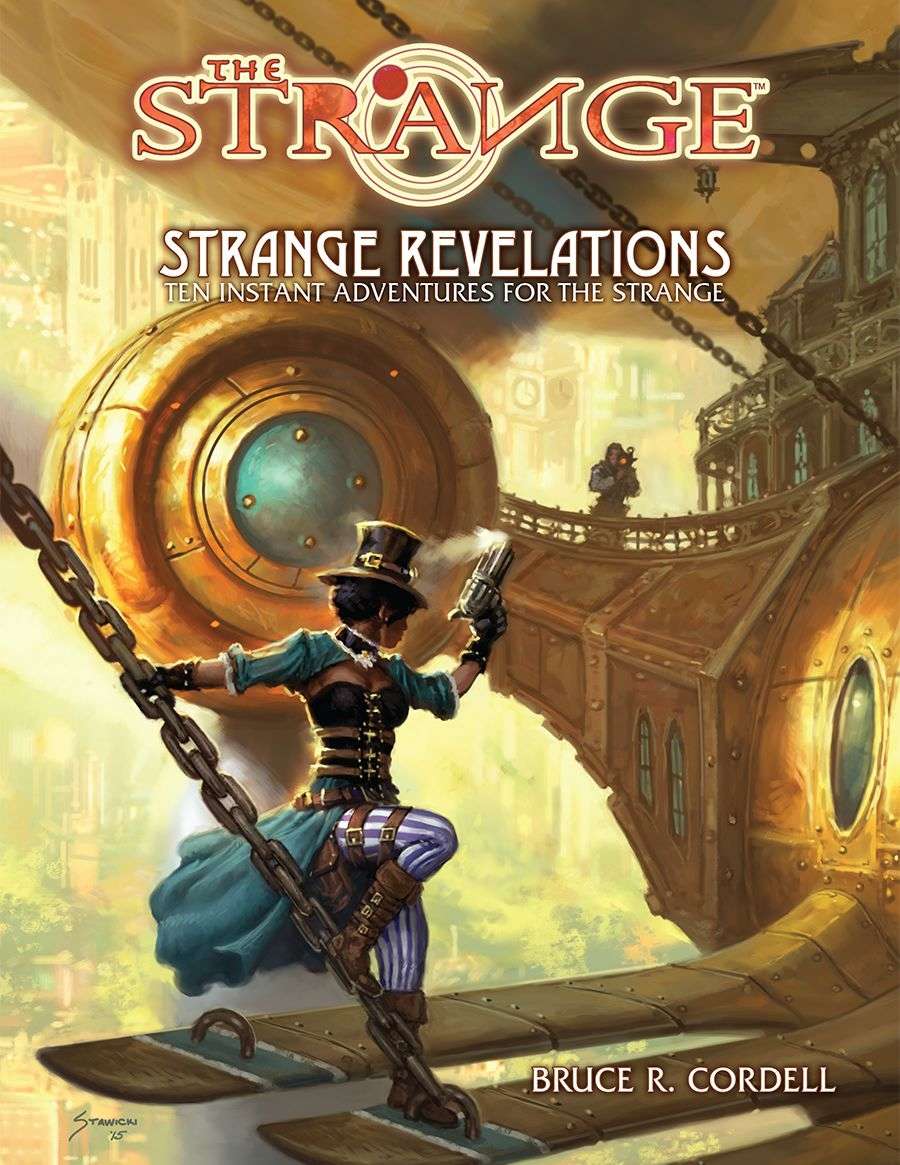
Nefarious noble scheming has long been a staple of fantasy fiction, and it quite often makes the leap to space operas and the like, too. (Herbert’s Dune, for example.) Figuring out what the local nobility is up to in your campaign, therefore, can be an endless font of drama, intrigue, and scenario hooks.
A great deal of effort can be spent trying to get it “right”, but this is often an illusory goal. If you’re running a specifically historical campaign, then there will be a “true” version of how nobility worked for your chosen place and time period. But beyond that point, the historical norms of noble titles are so utterly varied by region, country, and time period that anyone insisting that there is, for example, one “correct” relationship between Dukes is, at best, deceiving themselves.
For example, depending on where and when you’re standing in history, a marquis could be:
- A nobleman who controls an Imperial territory
- A ruler of a border area (originally because those were the ones under Imperial control; but later simply because they were border territories)
- A noble more powerful than a count and less powerful than a duke
- A noble more powerful than a count and less powerful than a duke, but specifically because in this country dukes have to be members of the royal family
- A synonym for “count” because the distinction between “count” and “marquis” has been bureaucratically blurred out over the past several centuries
- A noble subservient to the king, but whom counts consider their liege
- A courtesy title, often assumed by the cadet lines of noble familes
- Any number of completely unrelated things in Asian cultures for which the term was used in translation
Once you realize that there is not, in fact, an ultimate truth to be found here, you’re freed up to make up you own noble traditions and relationships that are peculiar to the fantasy realms you choose to create.
This can often include making up entirely new titles. For example, in my D&D campaign world, the title of Syr dates back to a pre-historical empire. In addition to being a noble title (usually of regional leadership), it’s also the faux-etymology behind a male knight being referred to as “Sir” and female knights being referred to as “Sera”.
(And if you’re thinking, “Wait… aren’t female knights referred to as Dames?” That’s right. You’re starting to get it.)
A TANGLE OF TITLES
We have a tendency, when creating fictional worlds, to create things which are altogether too tidy. In the real world, things get messy: The Gregorian calendar, for example, is a hodgepodge of historical kludges and political compromises piled one atop another.
To make your world feel real — to make it feel like a place where people actually live — you’re going to muck it up a little bit.
For noble titles, you can achieve this with a three-step process:
1. Create a system which makes perfect logical sense.
For example, there’s the King. They’ve got a bunch of powerful Dukes who have sworn allegiance to them, and each Duke has either Counts (who rule inherited lands in the interior of the country) or Marquises (who rule over inherited lands on the border of the country) who have sworn allegiance to them.
2. Create just two exceptions: One grandfathered in from some other system. Another that’s newfangled and recent.
For example, in addition to the Counts and Marquises, there are also the Atabeks, druidic lords who swear fealty directly to the king, but who rule over nomadic tribes rather than specific pieces of land. More recently, Harald IV disbanded the duchies of Baudore, Hensfelle, and Ramsey fifty years ago because their dukes were possessed by demons. The Counts and Marquises who once swore fealty to those dukes now swear their oaths directly to the king, with no intermediary.
At this point, you’re done for now. Put your noble titles aside and either continue worldbuilding or get back to playing.
The goal here is to introduce a few cracks into your perfect system. Marring the perfection from the beginning is important because you’ll tend to want to preserve something that’s unbroken and “makes sense”. Once you’ve broken it a little bit, though, you’ll find yourself more open to the next step…
3. Whenever the current system doesn’t quite work right for your current adventure… add an exception.
For example, maybe you discover that the Free Cities were founded by Atabek-led tribes who settled into an urban life, resulting in some Atabeks functionally being mayors. (Because the PCs went to a Free City and you needed to figure out how their government fit into the existing system.) Or you discover that some counts are actually religious men who act as liaisons between religious land-holdings and the royal government, and that these noblemen are given the title of Vicomte. (Because you thought the imagery of an evil religious nobleman who rules out of a gothic cathedral was cool.) Or maybe it turns out that the marquises weren’t always inherited titles and, technically, the king can still create non-hereditary marquises, and will do so sometimes as a way of elevating knights who have proven worthy of greater reward. (Because you wanted a foppish city-born noble to act as a foil for the PCs… and then later realized that a title of Marquis would be a cool reward for the PCs to receive after saving the kingdom.)
In other words, don’t try to lay down all the messy complexities of life in one fell swoop. Layer it in as necessity requires.
That’s the way it happened in the real world, after all.


















